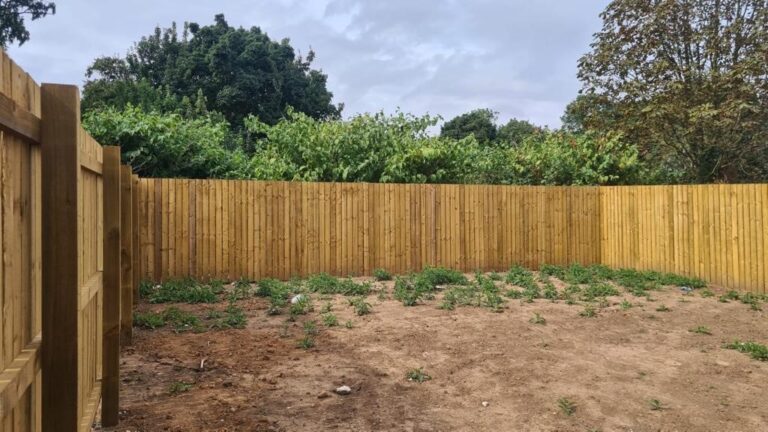
Blog
Where’s it come from?
Author: Mike Clough
Date Posted: Wednesday 29th November 2023

0161 723 2000
8AM to 5PM

Author: Mike Clough
Date Posted: Wednesday 29th November 2023

It’s a fairly simple statement and one that’s easy to understand. Yet, land owners don’t always follow this thought process through when looking at infestations of the plant on their land.
Instead of looking at a plant and treating it in isolation, they should take the time to look up and ask the question – ‘Where has this come from?’
If it hasn’t spread by seed – then how did it get here?
There is always an answer to this question… and it’s an answer that’s worth finding if you want to save yourself years and years of frustration.
You’re thinking I’m exaggerating the potential problems?
Well not really, if you’re trying to rid yourself of this problem plant and you’re treating the plant within your boundary with a herbicide – yet on the other side of the fence is a river with both embankments a solid mass of invasive plants – then you are pretty much assured years of unsuccessful attempts to get rid of your problems.
I’m not saying don’t bother, and I’m not saying give up. All I am saying is that you need to get to the cause of the issue – or as the medical team would say … ‘Treat the cause and not the symptom’.
Has the plant arrived in newly acquired soil? Has there been building works? Is this a new property? Is there a railway nearby? Is there a river nearby? Has there been fly tipped materials nearby?
With a river bank issue, you need to follow the watercourse all the way along to its origin and ensure a catchment wide treatment program. This will probably mean talking to multiple landowners and the environment agency and get a considered approach to management. Without this level of detail you will be constantly fighting a losing battle against cross contamination from upstream sources.
As we have seen recently, flooding is something that we are all having to live with as climate change brings regular extreme weather to our shores. Along with associated damage caused by flood waters, we also get huge areas of invasive species spread by the raised water levels depositing silt and loam laden with propagules and seed distributed alongside the existing water course.
Only by being pro-active with these areas of cross contamination will these new infestations be controlled and spread limited. Chemical treatment in the early stages of establishment can be a very effective management tool but often budgets do not stretch to this sort of active management.
I think the message to take from this blog is fairly simple. To be able to manage your invasive plant problems you need to know what it is your dealing with. Tipped or imported material containing rhizome or material that is able to grow and spread is one type of problem.
Dealing with spread from adjacent land is another problem entirely.
Both situations are manageable but require different strategies.
Mike C